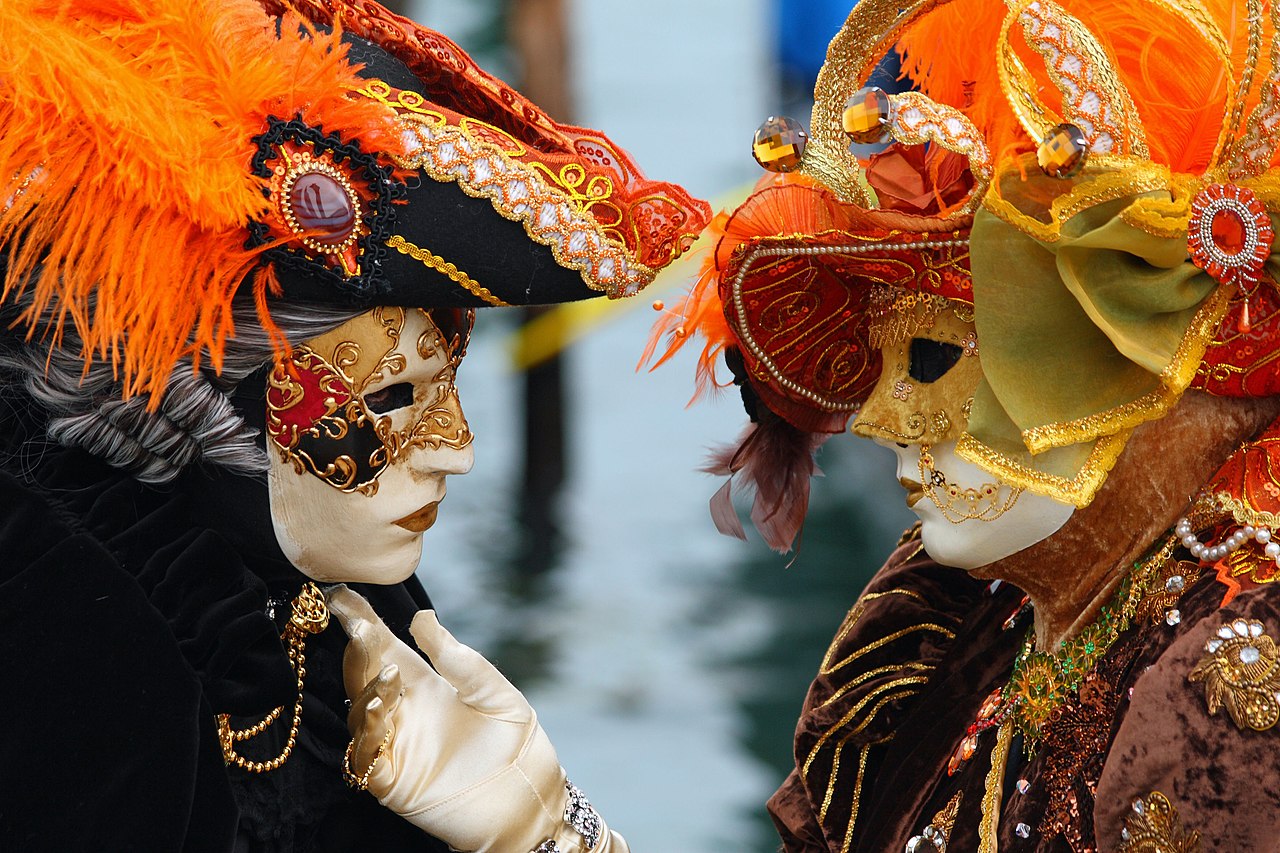Why do we dress up on Purim? Partly to share the delight of inhabiting another identity. The child can now be a queen, a wise man, a king, a knave. The story springs off the page and into pageant. We love play acting as an aid to imagination.
But it may also be because hiding is a powerful way of revealing oneself. Oscar Wilde wrote, “Man is least himself when he talks in his own person. Give him a mask and he will tell you the truth.”
Revelation through disguise is part of the Purim message. Haman pretended to be a faithful advisor to the king, and in that false role showed his true colors as a hater. Esther pretended to be a simple subject who loved the king, and in that role was unveiled as a savior of her people. Perhaps most hidden of all in the story is God, whose name is not mentioned in the scroll of Esther at all, but whose presence is felt throughout the miraculous tale.
It is a paradox to reveal oneself through disguise. But at times a bit of pretense liberates us enough to express deeper truths. Purim provides the opportunity to dress up as others in order to more deeply discover who we are.
With your help, My Jewish Learning can provide endless opportunities for learning, connection and discovery.
Rabbi David Wolpe’s musings are shared in My Jewish Learning’s Shabbat newsletter, Recharge, a weekly collection of readings to refresh your soul. Sign up to receive the newsletter.



